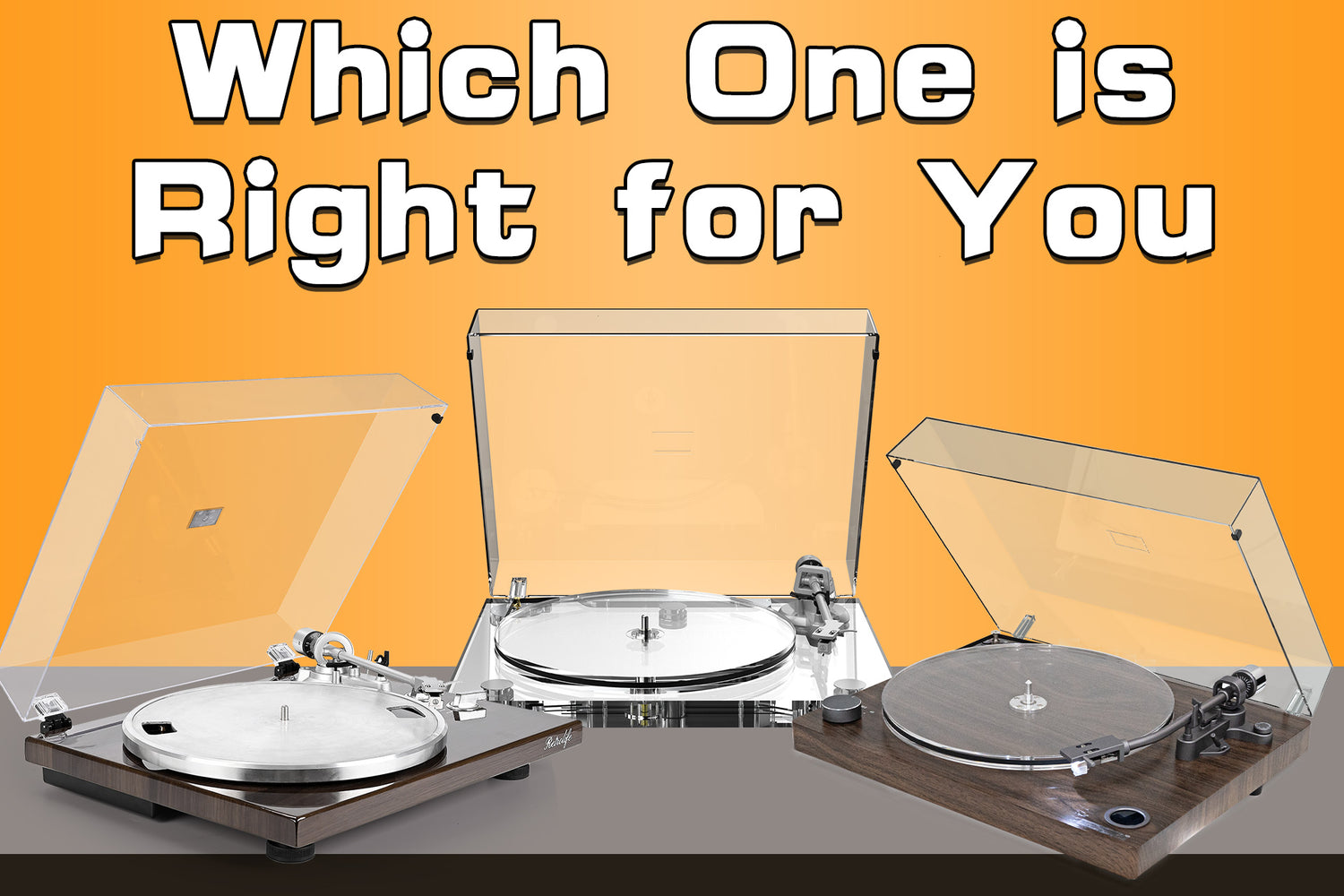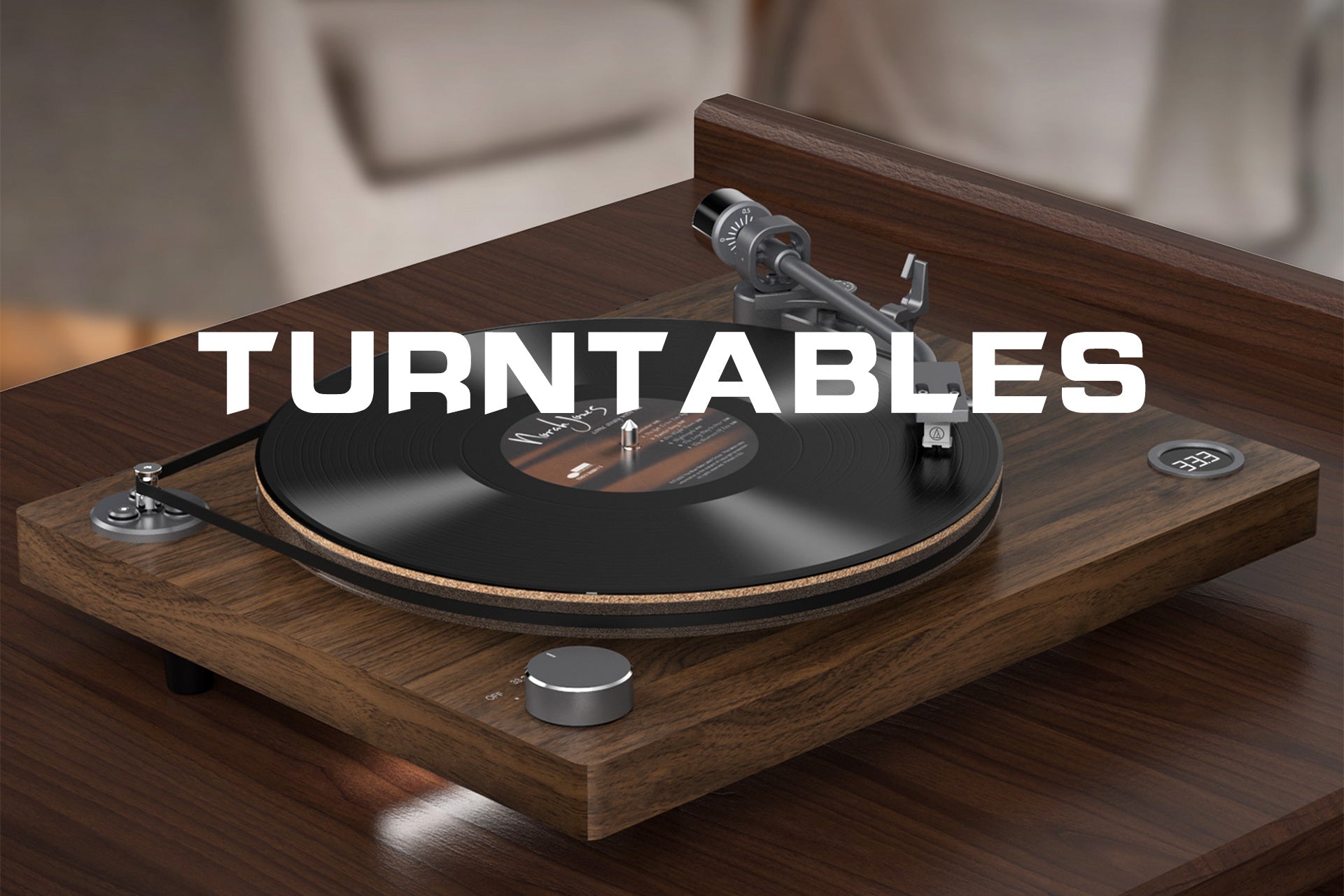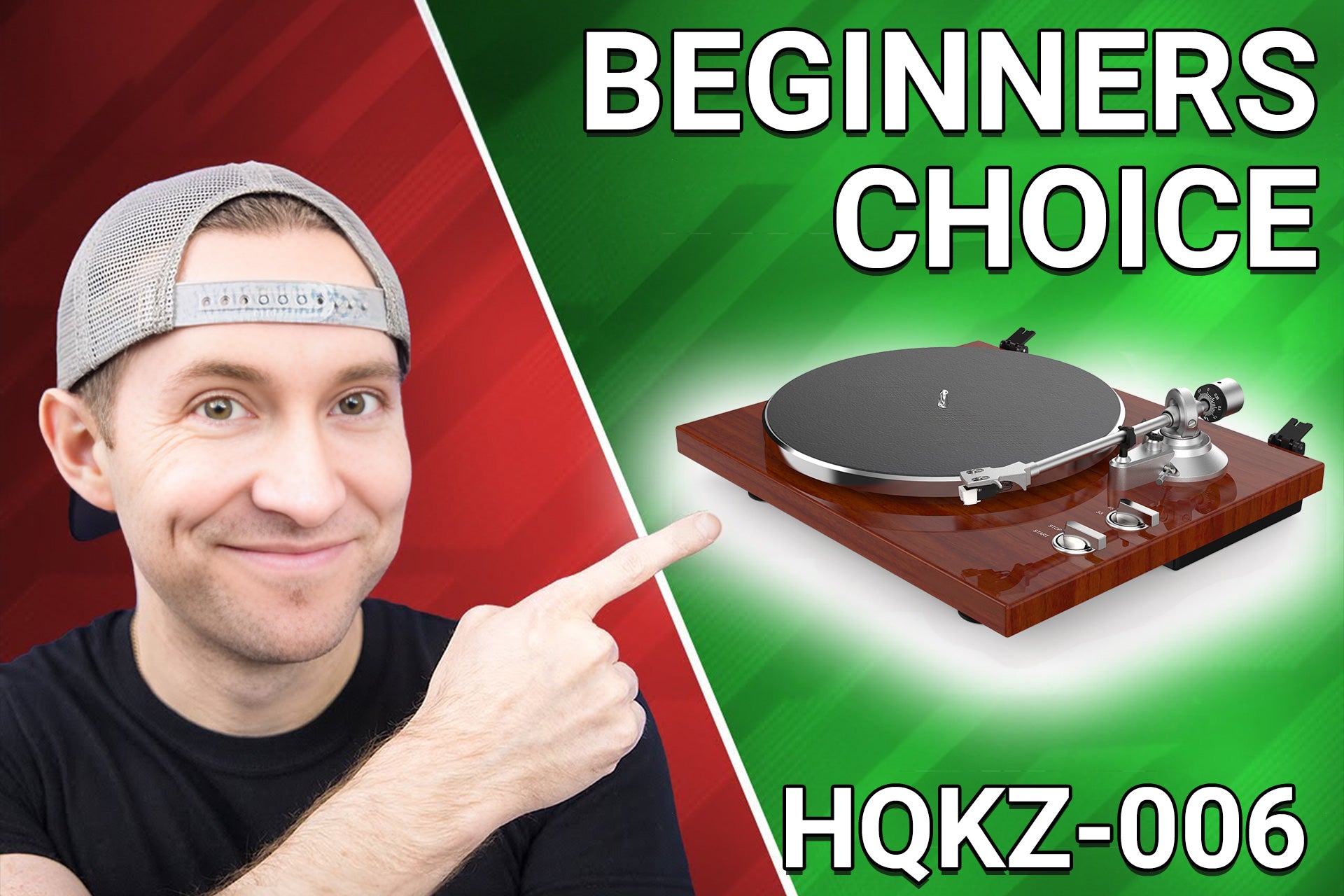Introduction
Choosing the right turntable can significantly enhance your vinyl listening experience, but with so many options available, it can be overwhelming. From traditional belt-driven models to modern record players equipped with Bluetooth technology, each type offers unique features and benefits. This guide will help you compare different types of turntables, focusing on their characteristics, advantages, and potential drawbacks, allowing you to make an informed decision that suits your needs and preferences.
1. Understanding Turntable Basics
Before diving into specific types of turntables, it's essential to understand the fundamental components that influence their performance.
Key Components
A typical turntable consists of several key components, including the platter, tonearm, cartridge, and motor. Each part plays a crucial role in sound quality and functionality. Understanding how these components work together will help you appreciate the differences between various turntable types.
How Turntables Work

Turntables operate by rotating vinyl records on a platter while a stylus reads the grooves of the record. This mechanical process converts the physical grooves into electrical signals, which are then amplified to produce sound. The quality of this conversion is influenced by the turntable's design and components.
2. Belt Drive Turntables
Belt drive turntables are a popular choice among audiophiles and casual listeners alike.
Advantages of Belt Drive
These turntables use a rubber belt to connect the motor to the platter, minimizing vibrations and providing a smoother playback experience. This design enhances sound quality, making belt drive models particularly appealing for those who value audio fidelity.
Drawbacks of Belt Drive
While belt drive turntables excel in sound quality, they may require more maintenance over time, such as belt replacements. Additionally, they can take longer to reach the desired speed compared to direct drive models.
3. Direct Drive Turntables
Direct drive turntables offer a different approach, particularly favored by DJs.
Benefits of Direct Drive
In direct drive models, the platter is directly connected to the motor, allowing for quicker start-up times and consistent speed. This feature makes them ideal for mixing and scratching, as DJs can manipulate tracks with precision.
Considerations for Direct Drive
While direct drive turntables excel in performance and convenience, they may not always provide the same level of audio quality as belt drive models. However, many modern direct drive turntables have improved significantly, offering excellent sound reproduction as well.

4. Automatic vs. Manual Turntables
Another factor to consider is whether you want an automatic or manual turntable.
Features of Automatic Turntables
Automatic turntables come with built-in mechanisms that handle the tonearm's movement, automatically lifting it at the end of a record. This feature can be convenient for those who prefer a hands-off approach to playback.
Manual Turntables
Manual turntables require you to lift and lower the tonearm manually, giving you more control over playback. Many audiophiles prefer this hands-on approach, as it allows for more precise tracking and adjustments.
5. Modern Record Players with Advanced Features
As technology advances, modern record players are incorporating features that enhance usability and sound quality.

Bluetooth Connectivity
Many contemporary turntables now come with Bluetooth capabilities, allowing you to connect wirelessly to speakers or headphones. This feature adds convenience, especially for those who prefer a clutter-free setup.
Built-in Preamps and Speakers
Some modern record players include built-in preamps and speakers, making them an all-in-one solution. While this can simplify the setup process, it may compromise sound quality compared to separate components.
6. Vintage Turntables
For some, vintage turntables hold a unique charm and appeal.

Advantages of Vintage Models
Vintage turntables often offer a distinct aesthetic and nostalgia that can enhance the vinyl experience. Many audiophiles appreciate the craftsmanship and character of older models, believing they provide a warmer sound.
Challenges with Vintage Turntables
However, vintage turntables may require more maintenance and repairs, as components can wear over time. It's essential to consider whether you're willing to invest time and resources into restoring a vintage model.
Conclusion
Choosing the right turntable involves considering various factors, including type, features, and personal preferences. Whether you opt for a belt drive for its audio quality, a direct drive for its performance, or a modern record player for its convenience, understanding the differences will help you make an informed decision. By assessing your needs and exploring the options available, you can find the perfect turntable that enhances your vinyl listening experience and brings your favorite records to life. Enjoy the journey of discovering the ideal turntable with Audio Keeper!









Leave a comment
All comments are moderated before being published.
This site is protected by hCaptcha and the hCaptcha Privacy Policy and Terms of Service apply.